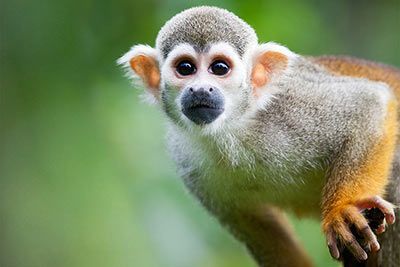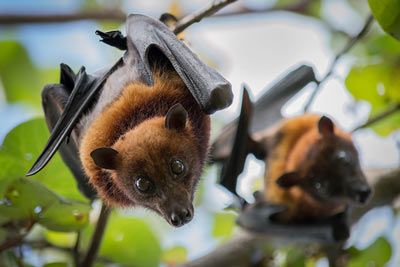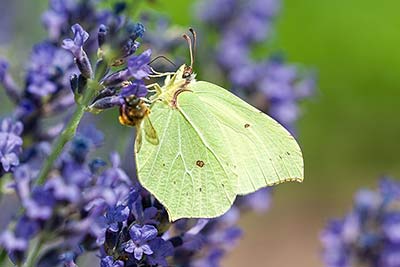Meerkat
Meerkat Facts
| Size | Up to 13.7 inch (35 cm); tail up to 9.8 inch (25 cm) |
| Speed | Up to 19.8 mph (32 km/h) |
| Weight | Up to 2 lb (950 g) |
| Lifespan | 10-14 years |
| Food | Insects, snails, rodents, eggs, reptiles |
| Predators | Falcons, jackals, snakes |
| Habitat | South of Africa |
| Order | Carnivore |
| Family | Mongooses |
| Scientific name | Suricata suricatta |
| Characteristics | Dark eyes |
Main Characteristics
Meerkats are small predatory mammals. They spend most of their time looking for food, playing games, and looking for a mate. They are very social and live in groups. A typical group comprises several families with about 30 members. Generally, the females are in charge, but there is always a "ruling" couple.
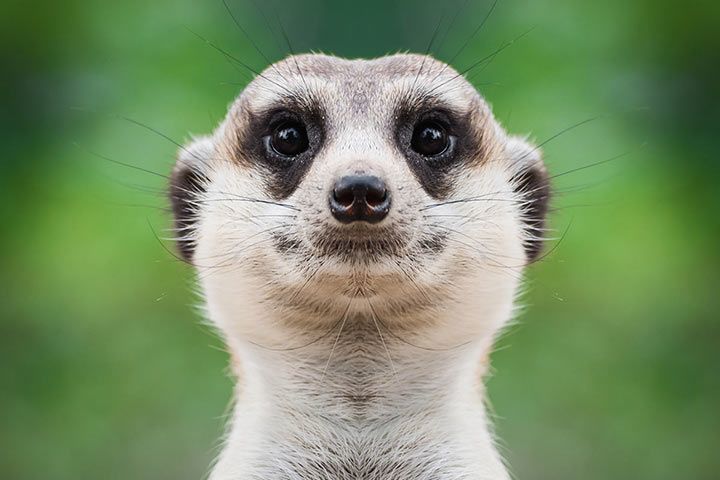
Anatomy and Appearance
Why do Meerkats Have Dark Circles Around their Eyes?
When the Meerkats focus their eyes on objects in the distance, the dark spots provide some protection against the dazzling sunlight.

Life Style
What Do Meerkats Do All Day?
Meerkats are active during the day. When getting up in the morning, they first have a quick look outside their den to make sure there are no enemies waiting round the corner. Then they go out to gather some food, clean their den, and enjoy a good sunbath in the evening.
Why Do Meerkats Dig?
Meerkats are skillful diggers. Yet, instead of digging their own caves, they would rather occupy those of other animals, such as chipmunks, and diligently expand those dens. An average meerkat den has about 15 entrances and exits as well as tunnels and chambers at depths up to 6.5 feet (2 meters) below ground.
No matter how cold or hot it is outside, there are always comfortable temperatures in the lower parts of the den. Every few months the meerkats move to another den, and this means they have to dig and dig and dig again. Meerkats can close their ears in order to keep the sand away while working.

Diet
Poisonous snakes and scorpions are also part of the meerkat’s menu. But how can they kill and eat them without dying? They are immune (= not sensitive) to most snake and scorpion poisons.
Behavior
Why Do They Stand on Their Hind Legs?
Meerkats love to climb high rocks, termite mounds, or bushes, and stand on their hind legs to get a good overview of the surroundings. They look out for enemies preying on meerkats, such as jackals, eagles, and falcons.
For this, the little mongooses have developed a particularly clever method. Some of them keep watch, so that the others can gather food without any risk. At the beginning of their watch, the guards utter a distinct sound.
If the coast is clear, you can hear a slow, regular peep. As soon as they detect enemies nearby, the guards start to bark or to whistle. This means: hurry up and enter the next burrow! Meerkats have a good memory and can remember the positions of thousands of burrows.
Enemies and Threats
How Do They Defend Themselves?
When there is no chance for the meerkats to escape into a burrow, they have a plan B. They lie down on their backs, show their teeth and bare their claws. They play dead.
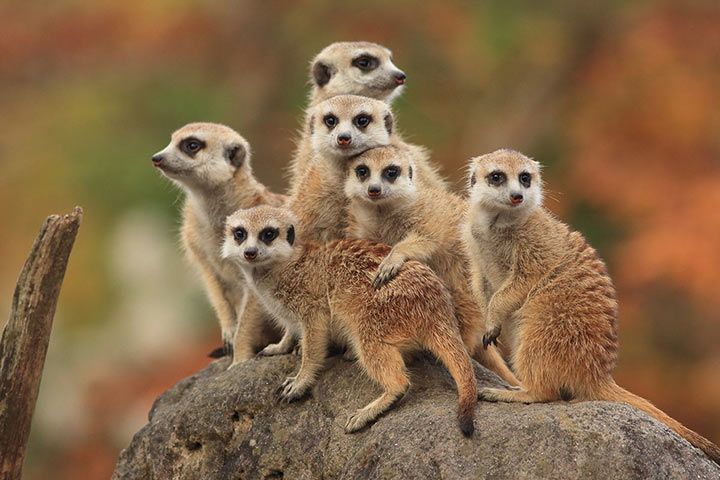
Life Expectancy
In the wild, 5 to 15 year old meerkats have been sighted. In zoos they get about 12 years old.
Reproduction
The eyes and ears of meerkat babies are closed when they come into the world. They weigh just about 1.2 ounces (35 grams). After two weeks they open their eyes and ears. After four weeks they go outside for the first time. In order to teach their kids how to kill dangerous animals, their mums bring home scorpions with their tails bitten off. Although meerkats are immune to the scorpion’s poison, the sting could still do some harm.
The Meerkat Is Related To:
- Mongoose
Animals in the Same Biome:
- Watch Now on animalfunfacts.net:
 How Do Animals Survive in the Desert?
How Do Animals Survive in the Desert? Why Do Animals Team Up?
Why Do Animals Team Up?
















